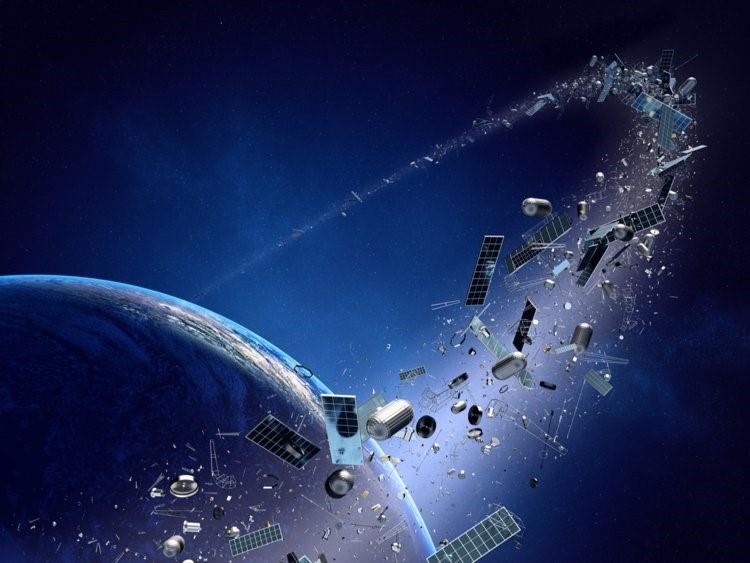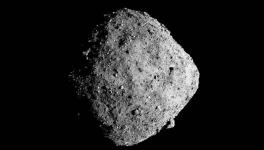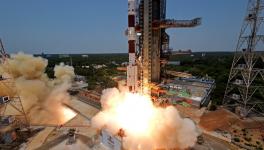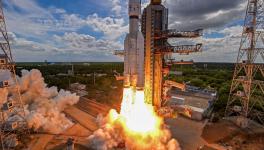NASA Worried About Space Debris After India’s ASAT Experiment

Representational image. | Image Courtesy: Business Insider.
Jim Bridenstine, the NASA [National Aeronautics and Space Administration] chief, has lambasted India’s Anti Satellite Missile test (ASAT) in his recent live-streamed town hall meeting. He dubbed India’s test as a “terrible thing” as it has created space debris, which could pose grave threats to the other satellites in the space and also the ISS (International Space Station) and its astronauts. “That kind of activity is not compatible with the future of human spaceflight,” – Bridenstine chided, and also said that due to India’s space activity, the risk to the ISS has increased by 44%. However, he recognised that India’s space debris lie in low orbit and shall burn and fall back on earth.
India’s test on March 28, where India’s own satellite was destroyed in the space, created 400 of such floating debris, out of which 60 are large enough (larger than 10 cm in size) to track by NASA and 24 such floating items are flying above the apogee of the ISS—according to NASA. Apogee is the point of the parabolic path of a spacecraft where it is furthest from the earth’s surface. The ISS has an apogee of 408 km.
The ISS is a massive and the only permanent space laboratory. Weighing about 400 tonnes, the ISS hangs at about 400 kilometre from the earth’s surface. The ISS is one of the costliest space endeavors that can host three to four astronauts at a time. It provides the platform for various kinds of scientific investigations in space, especially those experiments that require zero-gravity situations.
Then what threat does the small space debris pose to this massive infrastructure that NASA fear? Actually, the speed of these pieces that matters more than its size or weight. To stick to an orbit these debris move at an enormous speed of almost 28,000km/hr. At such a speed, even a seemingly tiny particle would cause huge impact. A collision of any piece of the debris moving at such a speed with a satellite could make it dysfunctional. The debris of the destroyed Indian satellite would also be moving at this speed.
Creating space debris is obviously a matter of great concern for all those engaged in space activities. With India’s ASAT experiment, it has become the fourth country in the world to have such facilities after the US, Russia and China. Started in 2007, India’s ASAT programme was formally set up in 2010, and since its inception India has faced the broader questions—one is that of the space debris. India will need to face these questions squarely in times to come. Being a member of the Inter-Agency Space Debris Coordination Committee, India will have to satisfy the body.
Also Read: India’s Anti-Satellite Missile Demonstration
Get the latest reports & analysis with people's perspective on Protests, movements & deep analytical videos, discussions of the current affairs in your Telegram app. Subscribe to NewsClick's Telegram channel & get Real-Time updates on stories, as they get published on our website.





















